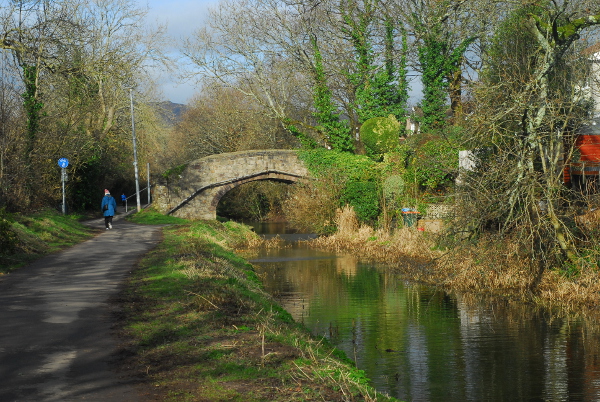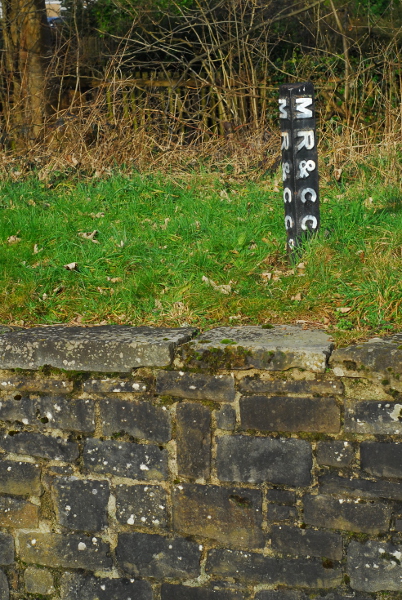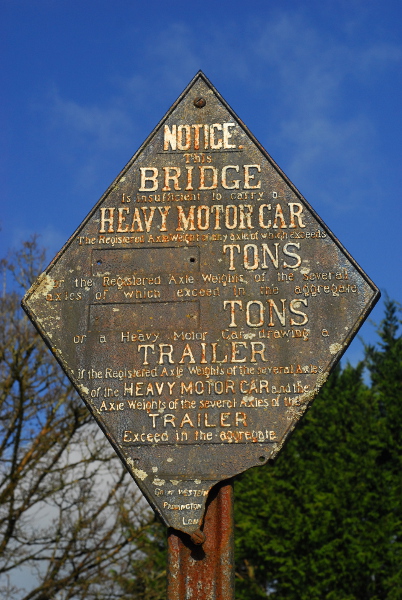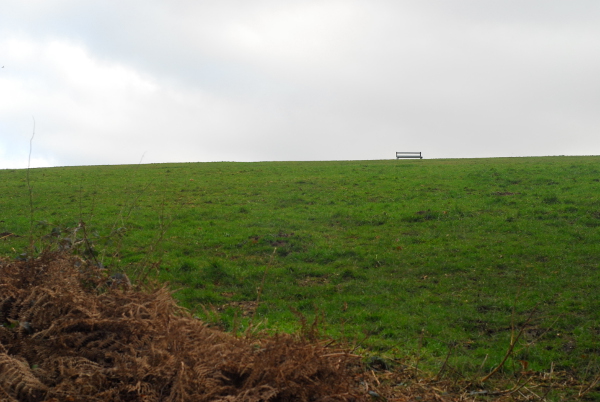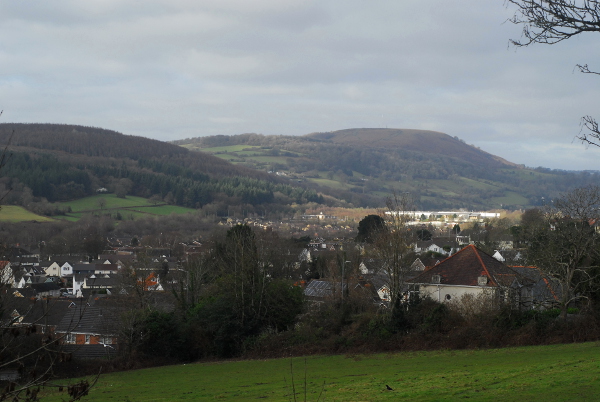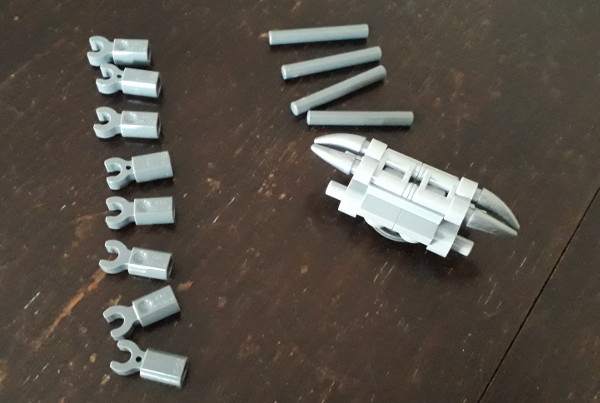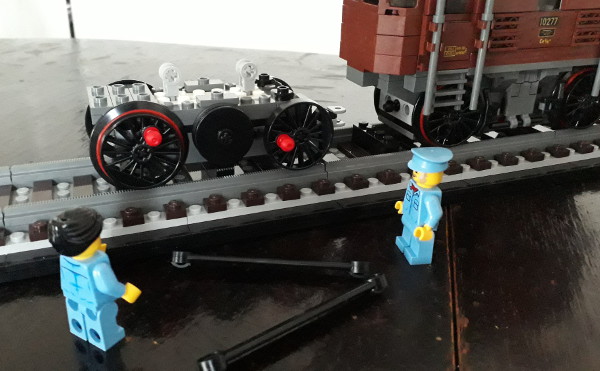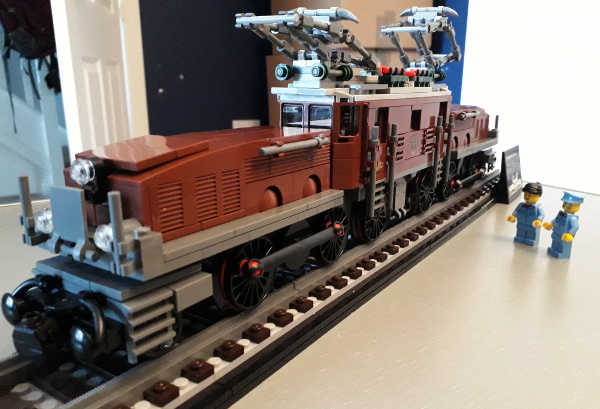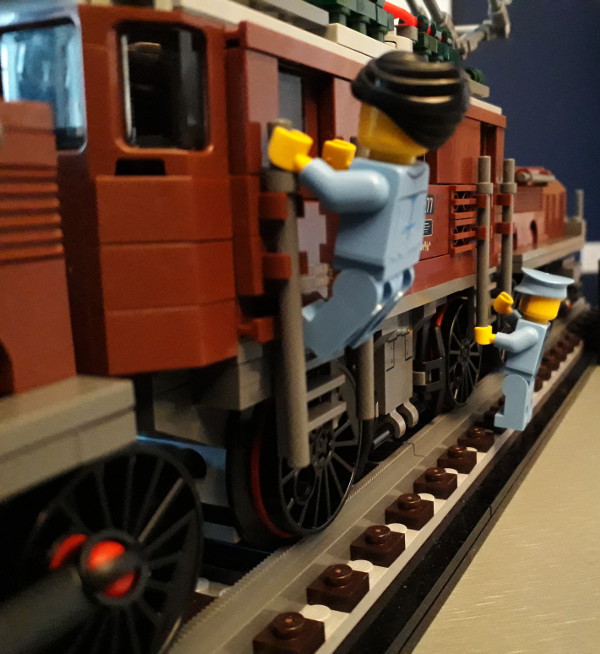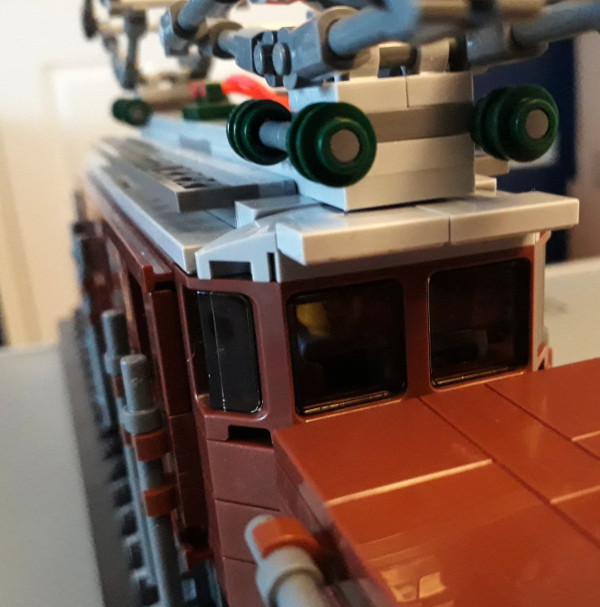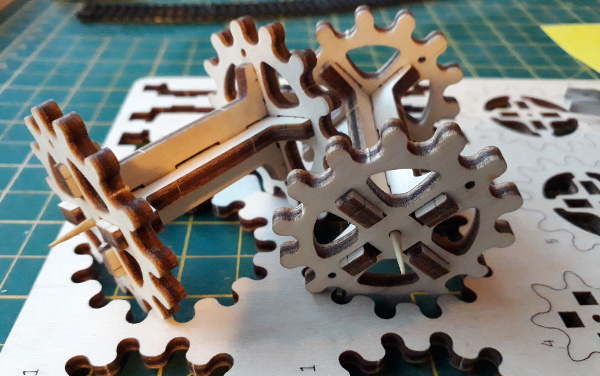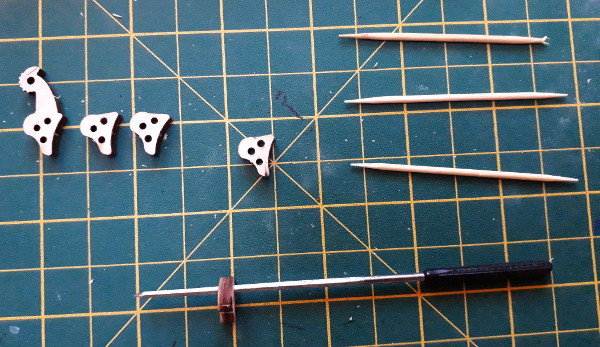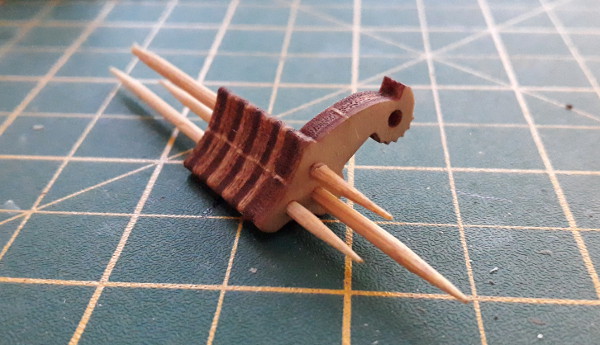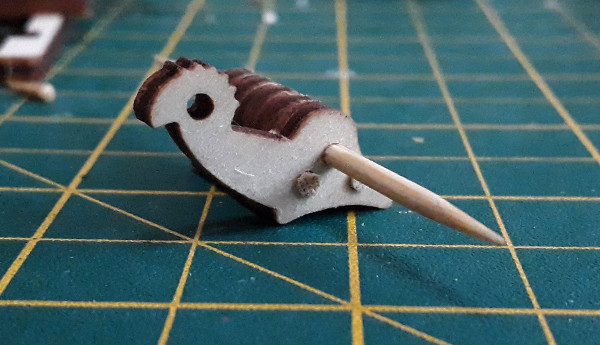A couple of days ago, it was the hundredth anniversary of a significant event in British railway history. If you’re a train nerd, you’ll know what it was from the title of this post. If you’re not, let’s start with this photo of the Severn Valley in rural mid-Wales.
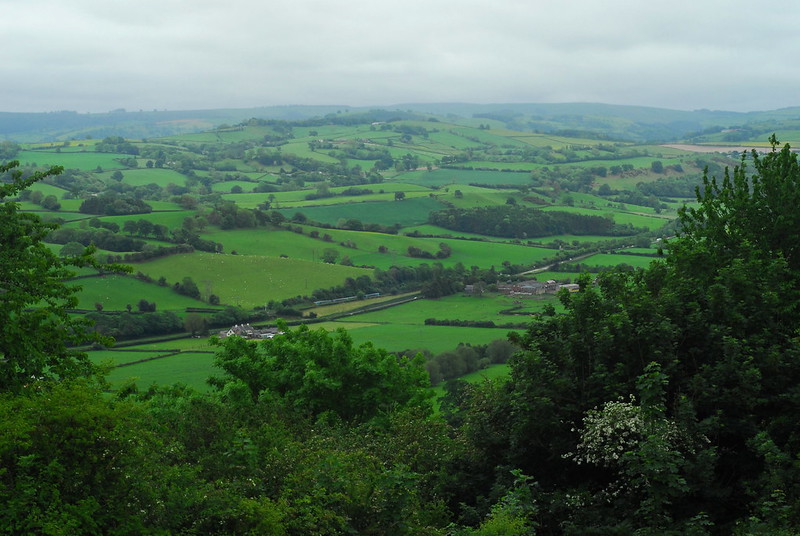
I took that photo a few years ago from the ruined battlements of the 13th century Dolforwyn Castle, and looking at it you could be forgiven for not even noticing the train in the middle of the picture. It’s on its way from Birmingham to the Welsh coast, on the former main line of the Cambrian Railways. Before 1922 the Cambrian was the largest “Welsh railway company”* in terms of route mileage, but not in terms of profit or revenue. Its main line was (and is) more like a long, rambling branchline; single-track, through small towns and tiny villages, from the Marches through to Aberystwyth and the curving coast of Cardigan Bay. That includes the line along the Severn Valley through Welshpool and Newtown, passing under the battlements of Dolforwyn Castle near the village of Abermiwl (or Abermule in its English spelling).
if you look closely you can see the train, its single track threading through fields and past farmhouses. See the white house on the left with the three chimneys? See the railway line passing behind it? A hundred years ago this week, two trains, going in opposite directions, collided head-on at that precise spot. Seventeen people were killed, including Lord Vane-Tempest, director of the Cambrian Railways and High Sheriff of Montgomeryshire.
The significant thing about the Abermiwl crash is that, in theory, it should not have happened. In theory, the single lines of the Cambrian Railways were protected by a “token system”. Without going into too much detail: the rules of a token system state that all trains travelling from “token station” to token station must be carrying a token, an arbitrary “thing” with the names of the token stations engraved upon it. The physical form of the token varies: a baton, for example, or a large key. The Cambrian Railways used “tablets”, metal discs a few inches across. Each section of line has a set of tokens, but they normally sit locked in machines called “token instruments” at each token station. The instruments are electrically wired together in a similar way to a pair of light switches at either end of a staircase, so that if you unlock one token from one instrument, you then can’t take any more tokens out of either, until a token has been locked back into one of the instruments. Ergo, assuming the drivers follow the rule on not setting off without a token—and it is one of the gravest rules in the Rule Book—nothing can go wrong.
On 26th January 1921 a westbound slow train arrived at Abermiwl and handed over its token, for the Montgomery—Abermule section of line. It was booked to wait to pass the Aberystwyth—Manchester express heading in the other direction, but the station staff were collectively unsure whether that would be happening on this particular day, or where the express currently was. In reality, the express was steaming hard in the middle of the Abermule—Newtown section of line, but none of the station staff actually knew that, and only one knew that a token had been issued for it at Newtown. Through something best described as a gruesome stage farce, or a nightmarish pantomime, the Montgomery—Abermule token was passed hand-to-hand among the station staff and back to the loco crew, who assumed it was the Abermule—Newtown token they were expecting, and didn’t look at it to check. Without anyone who knew the location of the express noticing, the slow train set off carrying the wrong token. A mile outside the station, the two trains collided. The station staff, by that point, had already realised what they had done and that the trains were doomed, but were unable to stop them.
The accident investigation report made it very clear just how the event had happened, and “Remember Abermiwl” became a watchword across railways worldwide. In India, it was written in Urdu inside the cabs of locomotives. It became standard practice for train crew to shout out the names of the stations on each token to each other, and pass the token around the cab for everyone to read aloud, so the identity of each was double- and triple-checked at each token station. If you go and visit a steam railway, you can still see and hear that happen, if you’re in the right place at the right time. The peaceful green fields in the photo above had an impact on railway working around the world; and the lesson is worth remembering in other fields too. Avoid passing jobs hand to hand; always make sure everything is clear and agreed. Cofiwch Abermiwl.
If you want to know the full details of exactly how the accident happened, who said what to who, and precisely how the Montgomery token ended up in the wrong place, it is all spelled out in the accident report written by the Board of Trade’s Chief Inspecting Officer of Railways, John Pringle. There is a postscript to this, though. Despite the importance of Abermule in railway history, a similar event almost happened in August 2019 on the miniature Romney, Hythe and Dymchurch Railway in Kent. There, the trains saw each other with enough warning to stop before colliding. However, the causes of that event were similar enough that the official government report on the incident includes Abermiwl under the heading “Previous Similar Occurrences”. Remember Abermiwl, indeed. The safest of systems can be defeated if the proper processes are ignored and slowly slip away over time. Cofiwch Abermiwl.
* Technically speaking, the head office and engineering base of the company was not in Wales, but slightly over the border in Oswestry. However, if you were to consider all of the railway companies which had the majority of their track mileage in Wales (including Monmouthshire, let’s not get silly now) as Welsh railway companies, the Cambrian was the longest.
Keyword noise: railway, Abermule, Abermiwl, Wales, Cymru, Powys, accident, Cambrian Railways.
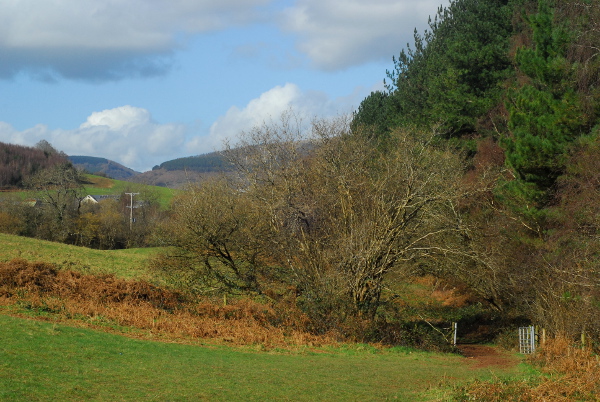
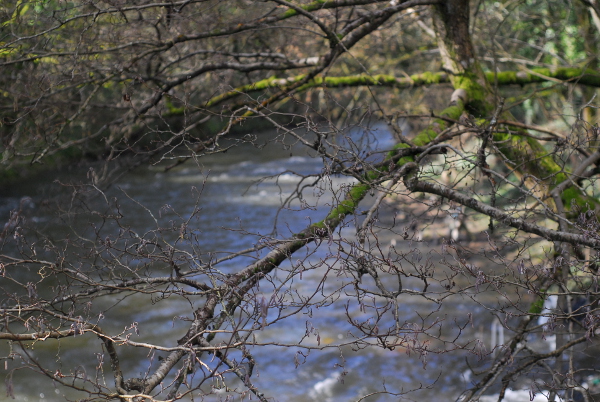
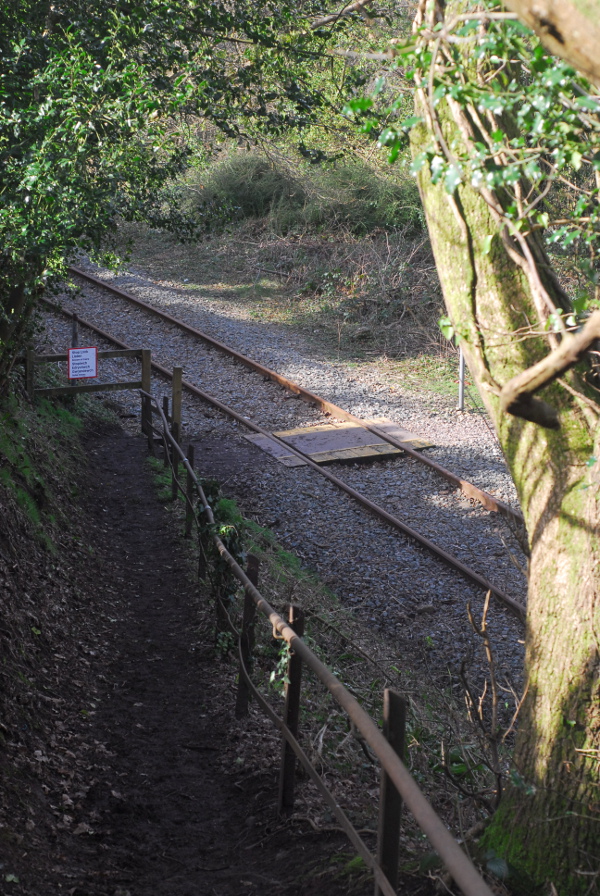
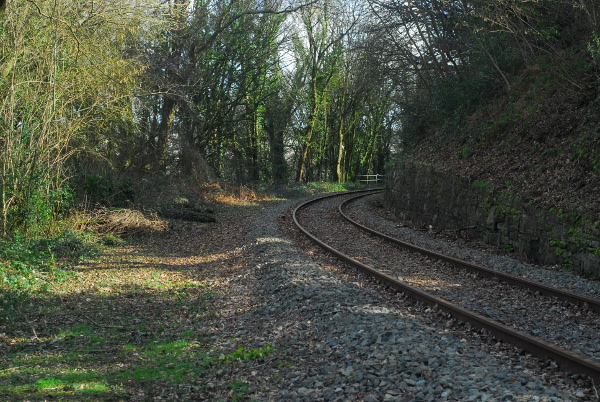
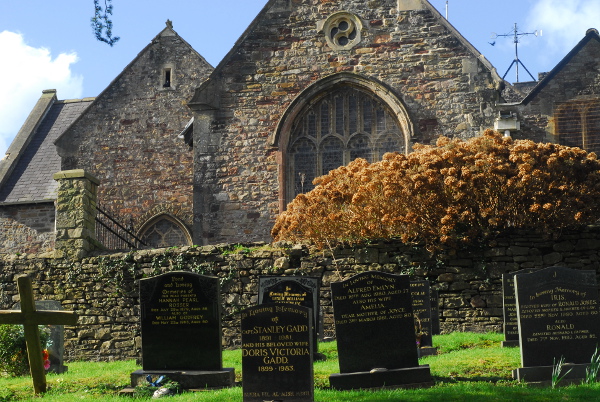
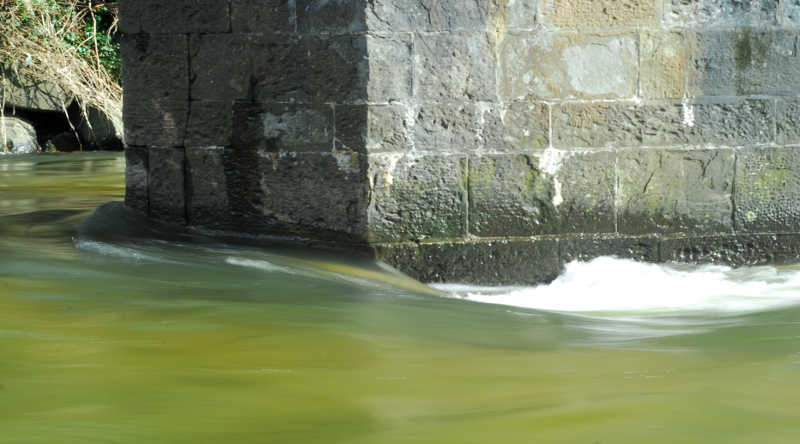

 Home
Home
